hey friend!
I'm Martina.
I provide practical, time-saving strategies that actually work—so you can engage your students, teach effectively, and reclaim your time from the exhausting planning-grading cycle.
Browse Our ELA Resources
Math Enrichment in Upper Elementary {Third, Fourth, Fifth, and Sixth Grade Math Enrichment}
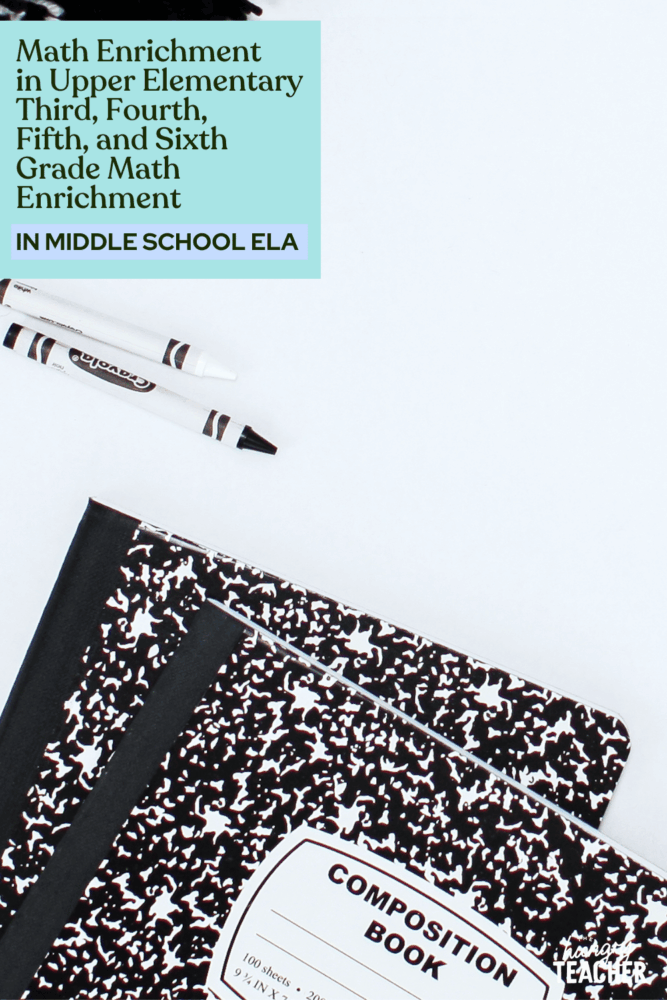
So you may not remember a time when I taught math, but I did. Full disclosure: Before I was actually forced into an accidental English Language Arts position, I was actually a WAY BETTER math teacher than I was an ELA teacher. Why?
When I taught 5th grade, our school had really high reading and writing scores. Our math scores were still pretty strong, but still the weaker of the two areas. Reading and writing are probably my passion, but that didn’t always make it easier to teach it. I personally just read a lot and that made me a strong reader and writer. I know that doesn’t always work that way for all kids, but I struggled with teaching it before I became a full time ELA teacher.
Anyway, because of this, almost all of our professional development and extra PLC time went into math instruction. My first and second year of teaching we also got a grant that allowed us to have two part-time math coaches to helps us improve our math instruction.
I learned how to form a conceptual understanding of math (definitely not the way I was taught). We focused heavily on not using procedures (i.e. long division, “copy, dot, flip-flop,”). I literally cringe a little bit typing those because it breaks my heart to see teachers trying to use these algorithms and procedures before they’re developmentally appropriate (Yes, even some textbooks still introduce these when they shouldn’t).
Did you know that the U.S. multiplication algorithm shouldn’t be introduced until 5th grade and the U.S. division algorithm (long division) until 6th? It’s true. Yet, I see them introduced all the time in 3rd and 4th grade.
I know those ideas seem crazy, but that’s because that is how we were taught when we were in school. I can’t tell you how amazing my kids were at math when they got to me in 5th grade at my first school. They were insane at using strategies, problem solving, and critically thinking to solve math problems, as opposed to spending all their time trying to remember how to do the algorithm.
We also rarely gave them “naked” number problems (basically a ton of repetition type problems). Almost all of their work and our thinking was done through word problems that required multiple steps. It’s harder at first, but it totally pays off.
I personally had to seriously change my mind-set about fractions because I had only learned procedures and not strategies. I had no conceptual understanding of why we did the steps we did to make a mixed number an improper fraction and vice versa, until I went to the most amazing math training. By the end of the year, my 5th graders were also insane at what they could do with fractions without any “procedures,” because our school was committed to that.
Anyway, because of this, in just two short years of a focus on this, we had a lot of kids who were seriously strong mathematicians. They could cruise through certain units of math, and I didn’t need them to do all the practice, or all the stations, or meet with me in small group all the time.
They needed enrichment.
Now enrichment is something I think I have pretty strong opinions about. First, I think all kids are capable of enrichment, which is the approach I took when I taught 5th grade. We would take a pre-test before each unit, and if anyone got an 80% or higher on the pre-test (they were hard tests so an 80% usually indicated a pretty strong understanding of the concepts, especially because I hadn’t taught it yet) they were eligible for enrichment work.
I also don’t believe enrichment should ever be extra. Who wants to be punished for already knowing the material?
So here’s what I did each day.
We would start with a math talk (which I can’t recommend enough). Essentially it’s mental math with stuff you would never think we are capable of doing mentally, but we totally are. This is the book we did a book study with and all of our teachers K-5 used.
Then I would teach the lesson and all students were responsible for listening and participating in the lessons. I believe it’s good for all kids to hear each others’ thinking, and again, most of our lessons were basically just working through really tough word problems.
Then they would have practice work or stations. With this, my enrichment kids were responsible for doing 1/4-1/2 of the work, and then could move on to working on their enrichment projects. Because each time we did enrichment, it was based on a specific standard (i.e. CCSS 5.NBT.A4 is “Use place value understanding to round decimals to any place”) I wanted their enrichment to be based on that concept they had shown mastery of.
Below you can see that they have multiple projects that they need to do. Over time, I became less strict on the requirement to finish multiple projects for all students. So essentially I had about 6-8 students who were almost always in enrichment. They had to follow the directions pretty strictly.
I created a cover page for what I wanted them to do, the enrichment choice board, and a rubric.
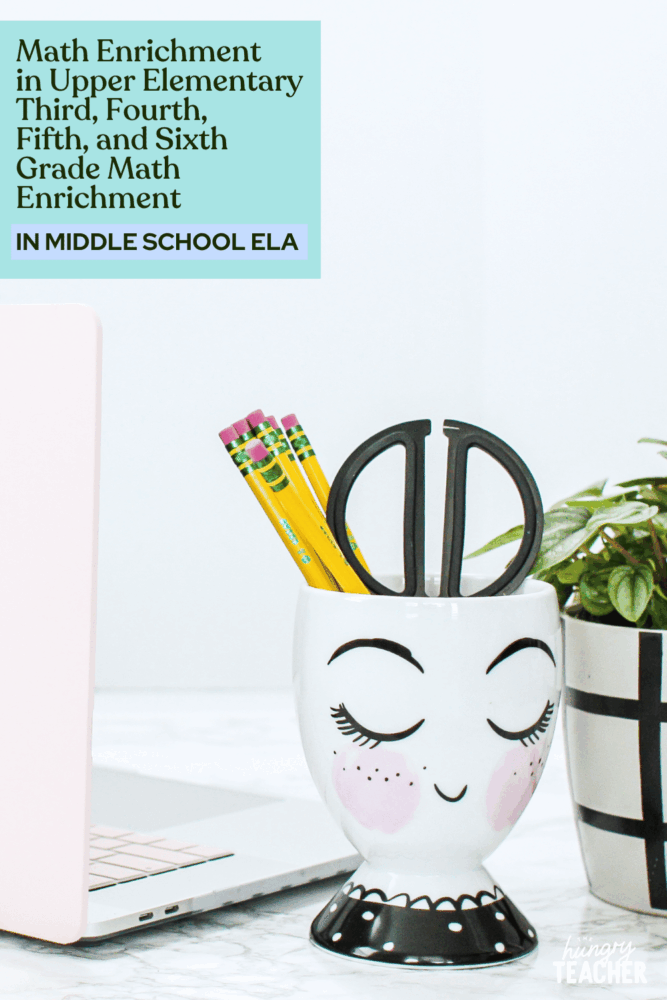
With the success of a few enrichment activities. I began creating math enrichment boards for each of the fifth grade math standards.
I use the language straight from the Common Core. I truly expect them to be really independent on their projects so most of the projects are similar (but with different math standards) so students who are consistently in enrichment can work on it, and can also help newer enrichment students work on it as well.
Other students who tested into enrichment, were just responsible for one project at a time, I would grade it, and then if they had time before the next unit, they could start another one. Sometimes there was overlap, meaning they would still be working on a Numbers in Base Ten project, but we had moved onto algebra. Again, I don’t think that’s a big deal, as long as their using their time wisely to create something that enriches their learning.
It was also an option for early finishers. In general, it was a very positive thing that we used in our classroom. By the end of the year, I think every single student got to do some kind of enrichment.
For my mathematicians who struggled a little more, but were working really hard to be in enrichment, I would give them fourth or sometimes even third grade choice boards to use. It was SO MOTIVATING for them to know that even they could do enrichment if they worked hard.
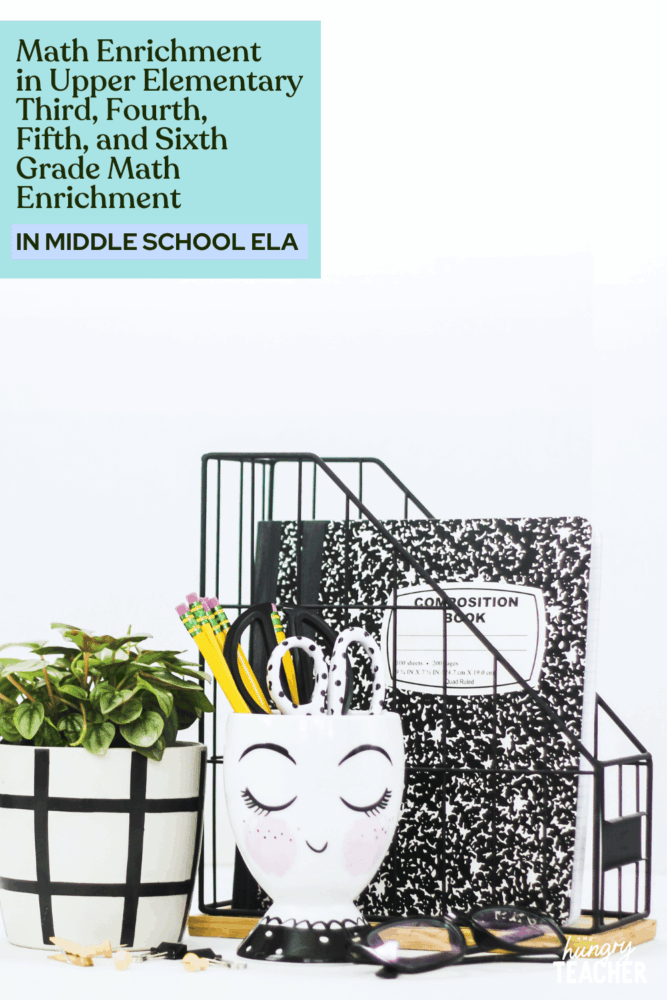
Want a sneak peek at teaching The Hungry Teacher way—with support, structure, and strategy?
When you join the waitlist for The Hungry Teacher’s Hub membership, you get three free classroom-ready resources: a theme unit, an expository writing unit, and a grammar unit introducing mentor sentences. Plus, you’ll get immediate access to a selection of exclusives from the Hub, including editable sub plans, pacing guides, and more.
No strings attached. Just resources you can use right now—and a heads-up when the Hub opens.
3 Free Middle School ELA Units—yours to keep!
JOIN THE WAITLIST + A FREE GIFT
Where to next, line leader?
Welcome to The Hungry Teacher! We create resources that are easy to use, practical, and get results. Teach with confidence—and make it home before dinner.
xo, the hungry teacher

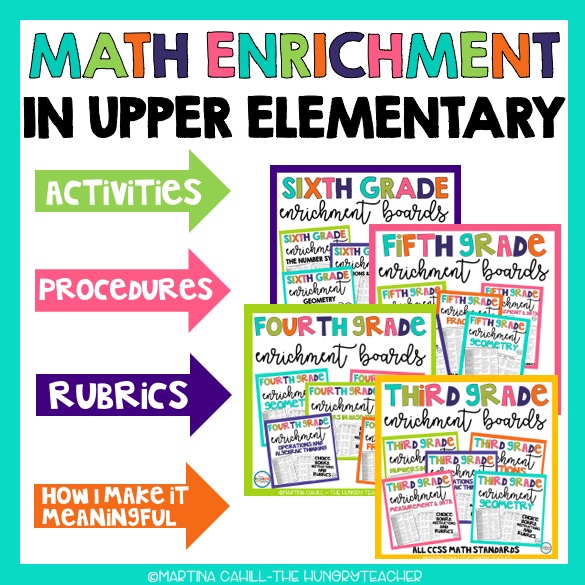


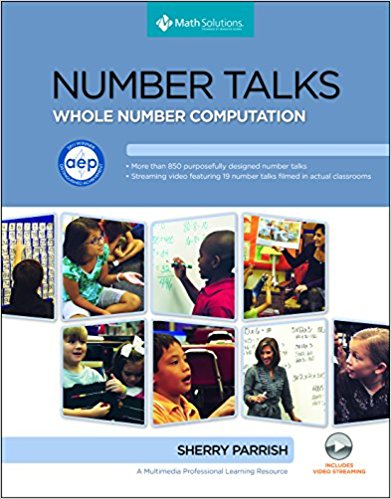

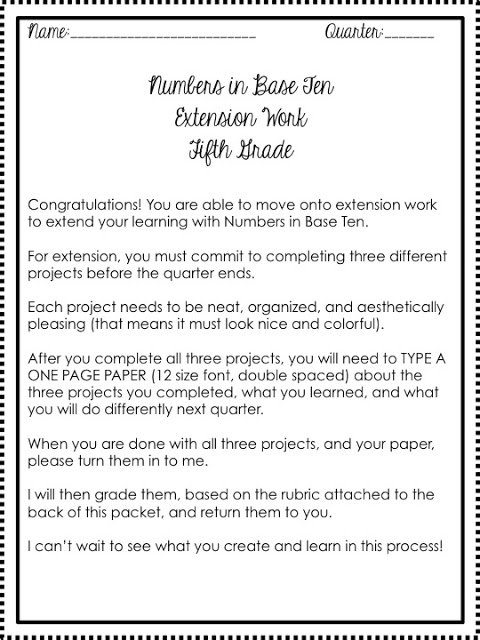

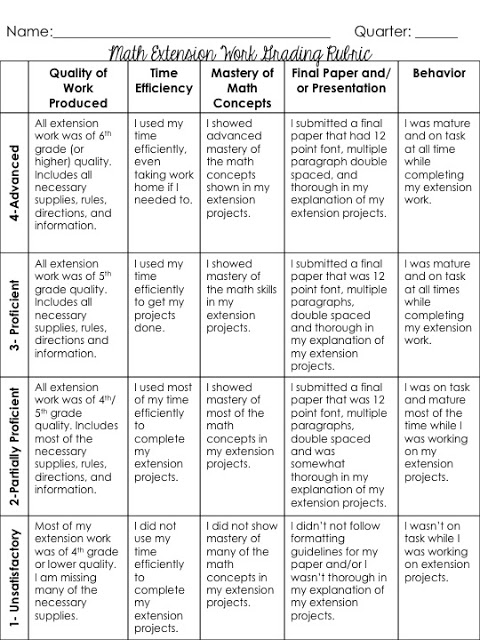

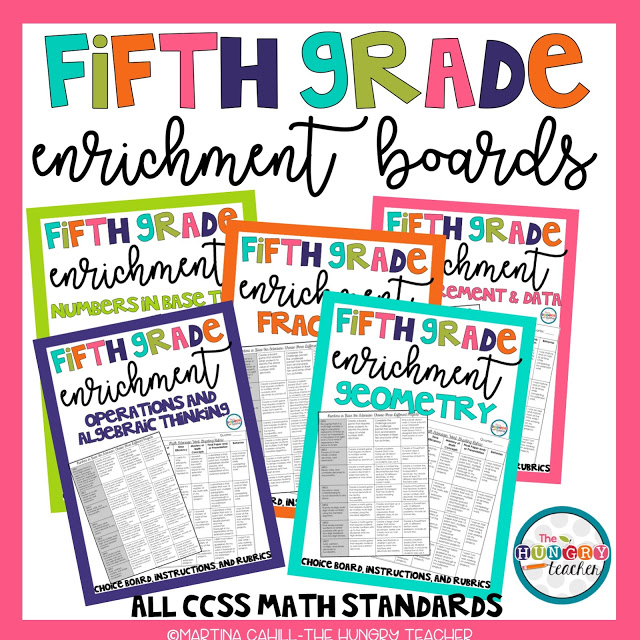

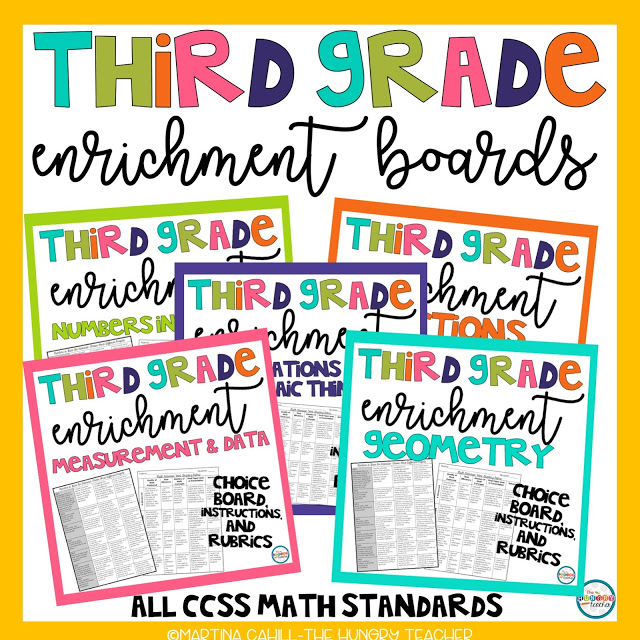
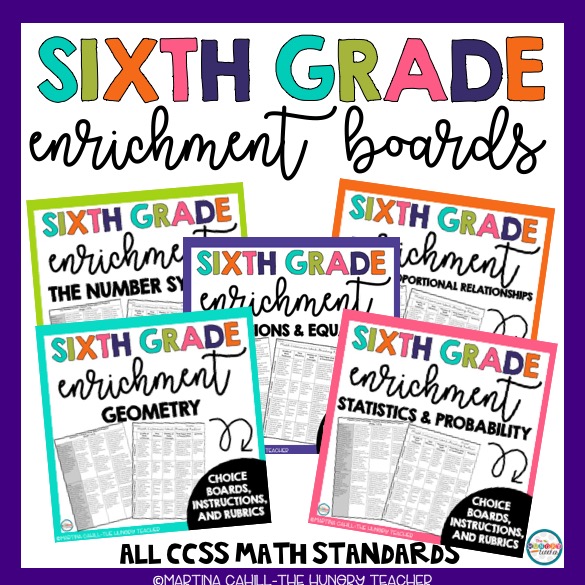



I really want to start teaching more conceptually, but I'm not even sure how? Any tips for how to get started and move away from the algorithms and repeated drill and practice?